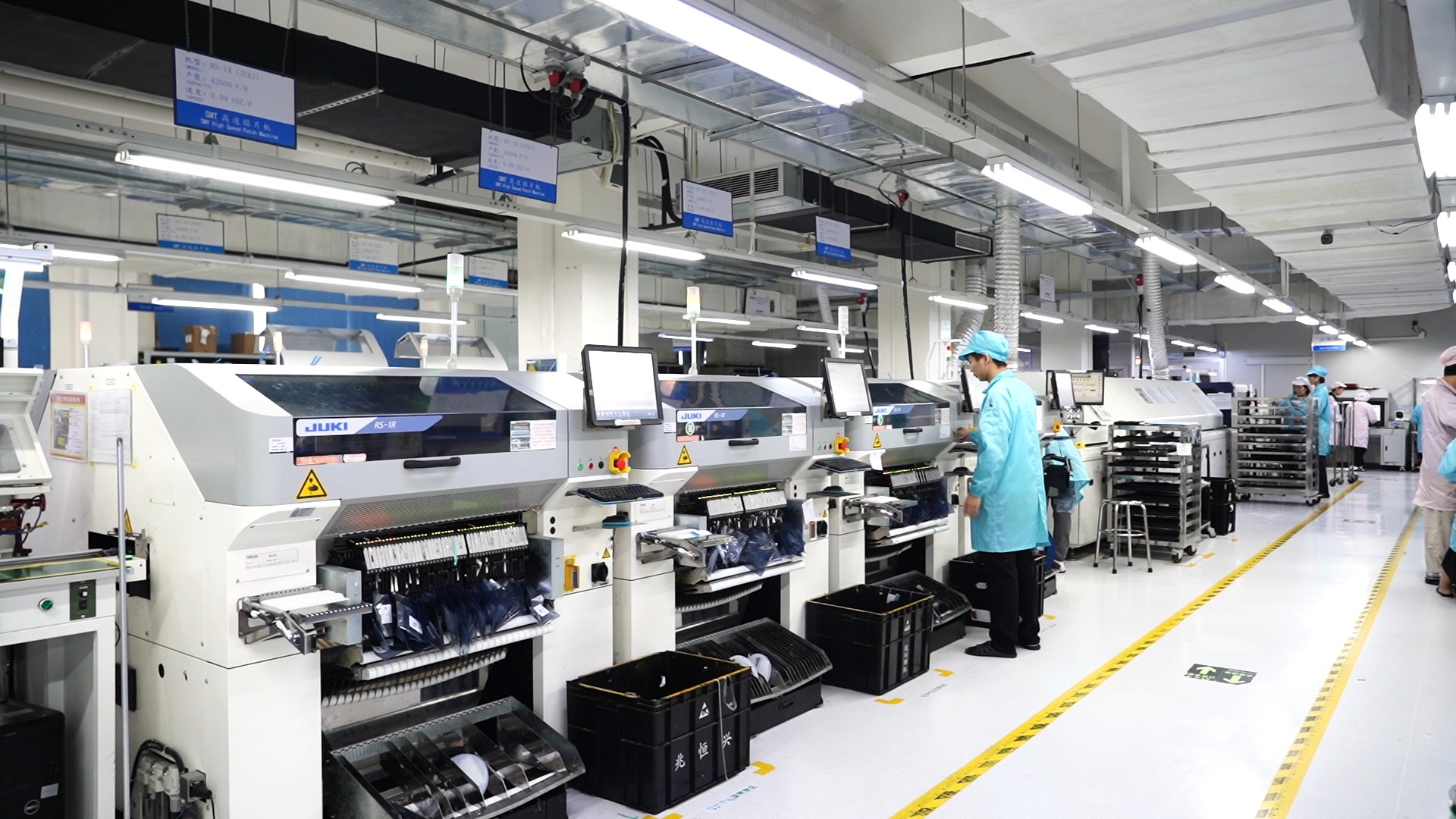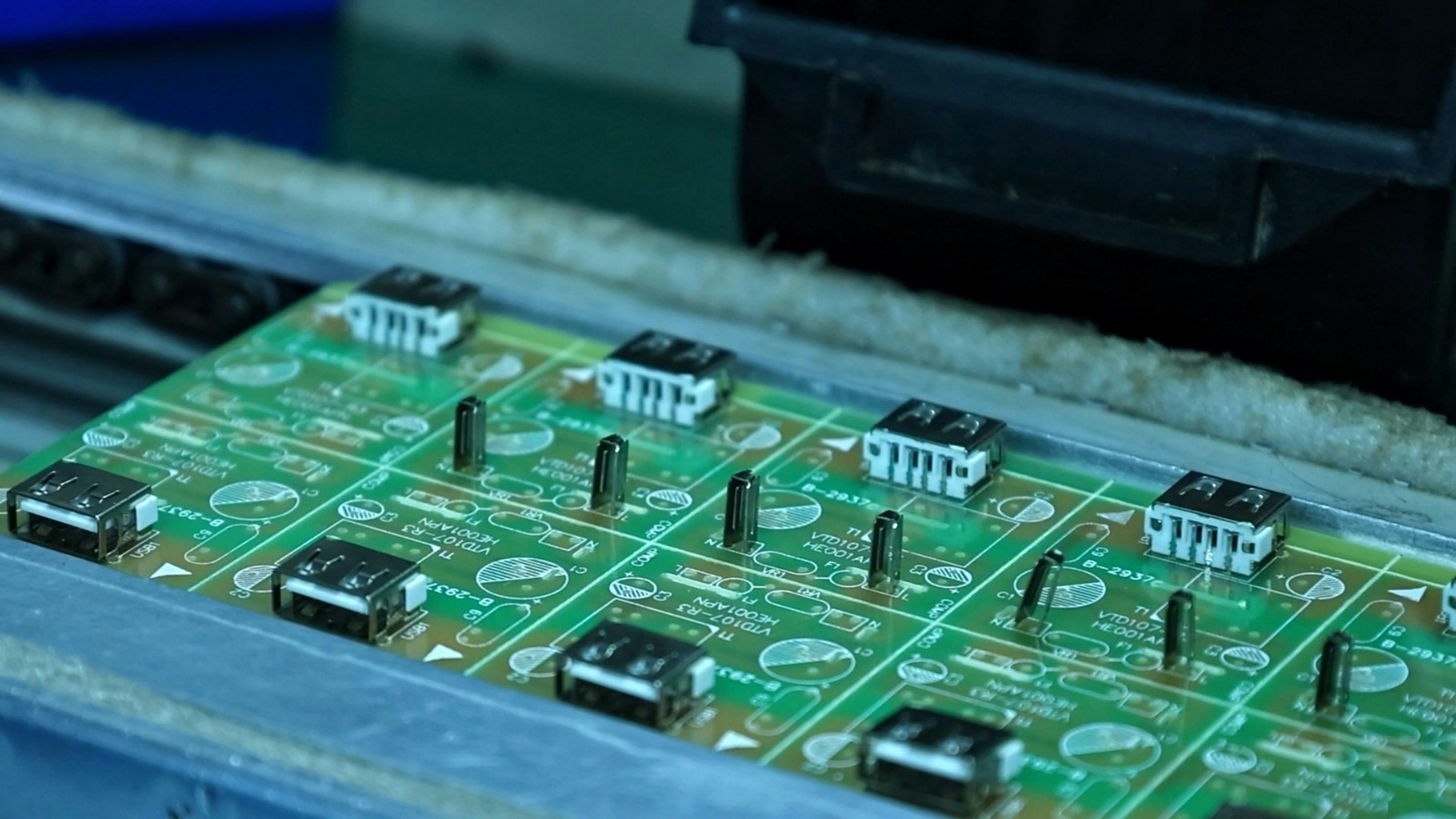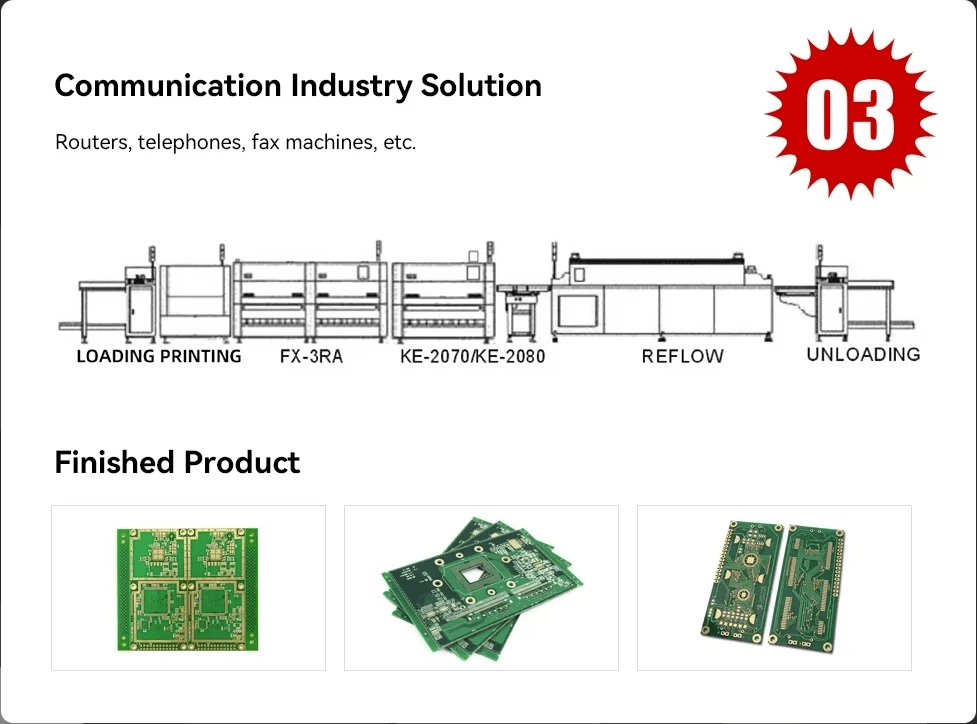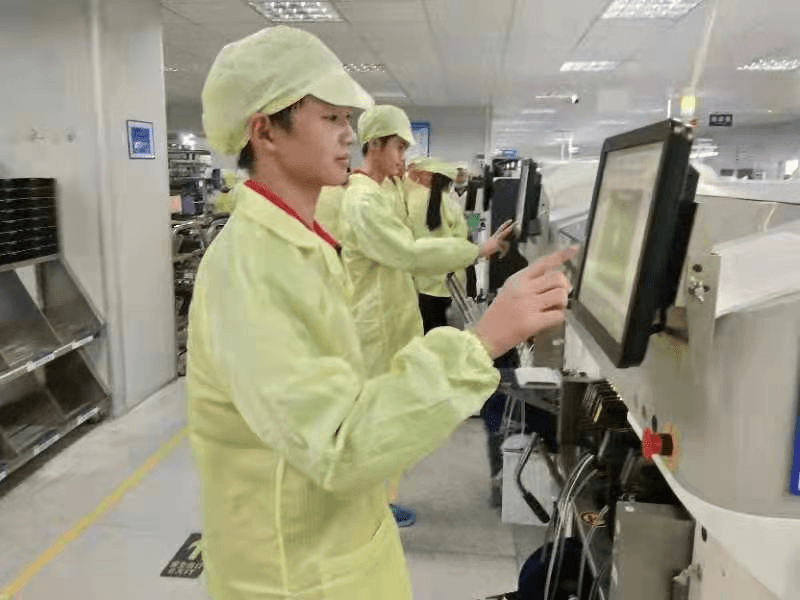Introduction

In the world of electronics, the importance of PCBA manufacturing cannot be overstated. It serves as the backbone of modern technology, enabling everything from smartphones to medical devices to function seamlessly. Understanding the nuances of printed circuit assembly and circuit card assembly is essential for anyone involved in the design and production of electronic products.
Overview of PCBA Manufacturing Process
The PCBA manufacturing process is a complex series of steps that transforms raw materials into fully functional electronic devices. This journey begins with designing the circuit board, followed by fabrication, component placement, and soldering—each stage requiring precision and expertise. The final product, often referred to as PCB assembly or printed circuit board assembly, is critical for ensuring that electronic components work together effectively.
Importance of Circuit Board Assembly
Circuit board assembly is crucial because it directly impacts the performance and reliability of electronic devices. A well-executed PCB board assembly ensures that all components are correctly positioned and soldered, reducing the risk of failure in end-use applications. In industries ranging from automotive to healthcare, high-quality circuit board assembly can mean the difference between success and failure in product performance.
Key Players in the Industry
The landscape of PCBA manufacturing features a variety of key players who contribute to this intricate process. From design engineers who craft innovative layouts to manufacturers like Bensun Technology that provide high-quality contract manufacturing solutions, each participant plays a vital role in bringing products to market. Collaboration among these players ensures that advancements in technology continue to enhance printed circuit assembly processes across various sectors.
What is PCBA Manufacturing?

In the world of electronics, PCBA manufacturing stands as a cornerstone that ensures devices function correctly and efficiently. PCBA, or Printed Circuit Board Assembly, involves the intricate process of soldering electronic components onto a PCB (Printed Circuit Board). This assembly is crucial for transforming raw materials into fully operational electronic products, making it an indispensable aspect of modern technology.
Definition of PCBA and Its Importance
PCBA refers to the complete process of assembling electronic components onto a printed circuit board (PCB) to create a functional product. This process is vital because it bridges the gap between circuit design and final product functionality, ensuring that all elements work harmoniously together. Without effective PCB assembly, even the most advanced circuit boards would be rendered useless—making PCBA manufacturing not just important but essential in today’s tech-driven landscape.
Differences Between Printed Circuit Assembly and Circuit Card Assembly
While often used interchangeably, printed circuit assembly and circuit card assembly have subtle differences worth noting. Printed Circuit Assembly specifically refers to the entire process of mounting components on a PCB, while circuit card assembly can sometimes imply just the physical board itself without emphasizing the component placement aspect. Understanding these distinctions is key for industry professionals who need precise terminology when discussing various aspects of circuit board assembly.
Applications of PCBA in Various Industries
PCBA finds its applications across numerous industries—each benefiting from its unique capabilities in enhancing electronic functionality. From consumer electronics like smartphones and laptops to critical applications in automotive systems and medical devices, PCB board assembly plays a pivotal role in ensuring reliability and performance. As technology continues to evolve, so too does the demand for sophisticated printed circuit board assemblies that meet specific industry needs.
Stages of Printed Circuit Board Assembly

The journey of printed circuit board assembly (PCBA) is a multifaceted process that involves several critical stages, each contributing to the final product's quality and functionality. Understanding these stages is essential for anyone involved in PCBA manufacturing, from engineers to project managers. Let’s delve into the intricacies of designing, fabricating, and assembling circuit boards.
Designing the Circuit Board
The design phase is where creativity meets technical expertise in circuit card assembly. Engineers utilize sophisticated software tools to create layouts that define how components will be placed on the printed circuit board (PCB). This stage is crucial since a well-designed PCB can significantly improve performance and reduce potential errors during later phases of PCB assembly.
During this process, designers must consider factors such as electrical performance, thermal management, and manufacturability. They also need to ensure that the design adheres to industry standards while being optimized for cost-effective production. Ultimately, effective circuit board design lays the groundwork for successful printed circuit assembly.
Fabrication of the PCB
Once the design is finalized, it’s time for fabrication—the heart of PCB board assembly. This stage transforms digital designs into physical boards through processes like etching copper layers onto a substrate and drilling holes for component placement. The quality of materials used during fabrication plays a pivotal role in ensuring durability and reliability in various applications.
Fabrication techniques can vary depending on whether one is dealing with single-sided or multi-layered PCBs; more complex designs often require advanced methods such as laser drilling or high-density interconnect (HDI) technology. Each step must be meticulously executed to guarantee that the final product meets stringent quality standards before moving on to component placement and soldering.
Component Placement and Soldering
With a fabricated PCB in hand, we move on to component placement—a critical aspect of printed circuit board assembly that dictates both functionality and efficiency. Automated machines are typically employed for precision placement of electronic components onto designated spots on the board based on pre-defined layouts from earlier stages.
After components are precisely positioned, soldering comes into play—ensuring electrical connections are made securely between components and the PCB itself. Various soldering techniques exist, such as wave soldering or reflow soldering; each has its benefits depending on production volume and complexity of the assembly process. The effectiveness of this stage directly impacts overall performance; hence proper attention during both component placement and soldering cannot be overstated.
Role of Bensun Technology in PCBA Manufacturing

When it comes to the intricate world of PCBA manufacturing, Bensun Technology stands out as a key player. Specializing in circuit card assembly and printed circuit assembly, they provide comprehensive services that cater to various industries. Their commitment to excellence ensures that each step of the printed circuit board assembly process is executed with precision and care.
Overview of Bensun Technology Services
Bensun Technology offers a wide array of services tailored for PCB assembly needs, from design to delivery. Their expertise extends across multiple sectors, ensuring that every circuit board meets industry standards and client specifications. By integrating advanced technology with skilled craftsmanship, Bensun guarantees high-quality outcomes in every project they undertake.
Importance of Flexibility in Production
In the fast-paced world of printed circuit board assembly, flexibility is crucial for staying ahead of market demands. Bensun Technology understands this necessity and adapts its production processes accordingly to accommodate varying order sizes and timelines. This adaptability not only enhances customer satisfaction but also ensures that clients receive their circuit board assemblies when they need them most.
High-Quality Contract Manufacturing Solutions
Bensun Technology’s commitment to high-quality contract manufacturing solutions sets them apart in the realm of PCB board assembly. Employing stringent quality control measures throughout the production process guarantees that each product meets rigorous performance standards. Clients can rest assured knowing that their printed circuit assemblies are crafted with precision, reliability, and an eye toward innovation.
Quality Control in PCB Assembly

When it comes to PCBA manufacturing, quality control is not just a checkbox on a to-do list—it's the backbone of reliable circuit board assembly. Ensuring that each printed circuit assembly meets stringent quality standards is crucial for the overall performance and longevity of electronic devices. In an industry where failure can lead to costly recalls and reputational damage, prioritizing quality assurance is essential.
Importance of Quality Assurance
Quality assurance in PCB assembly plays a pivotal role in maintaining the integrity of the entire manufacturing process. It ensures that every component on the circuit card assembly is correctly placed and soldered, minimizing defects that could affect performance. In essence, rigorous quality checks help manufacturers deliver reliable printed circuit boards that meet or exceed customer expectations.
Moreover, implementing robust quality control measures can significantly reduce production costs over time by identifying issues early in the process. This proactive approach not only enhances product reliability but also fosters trust between manufacturers and clients in the competitive landscape of PCBA manufacturing. Ultimately, high-quality standards translate into better end products for consumers.
Common Testing Methods
In the realm of printed circuit board assembly, various testing methods are employed to ensure top-notch quality control throughout production. One common technique is Automated Optical Inspection (AOI), which uses cameras to detect defects such as misaligned components or soldering issues on the PCB board assembly. This method allows for rapid inspection without sacrificing accuracy.
Another widely used testing method is In-Circuit Testing (ICT), which assesses individual components on the circuit board while they are still mounted. By checking for electrical failures at this stage, manufacturers can catch problems before they escalate into larger issues down the line. Functional testing further evaluates whether assembled boards perform according to their design specifications—a critical step before final deployment.
These testing methods are integral to ensuring that each printed circuit assembly functions correctly and meets industry standards, ultimately leading to higher customer satisfaction rates.
Impact of Quality on Performance
The impact of quality control on performance in PCB assembly cannot be overstated; it directly influences how well electronic devices operate under real-world conditions. High-quality PCBA manufacturing ensures that components work harmoniously together, reducing failures and enhancing device longevity. Conversely, poor quality can lead to malfunctions that not only frustrate users but also tarnish brand reputations.
Furthermore, consistent adherence to quality assurance protocols fosters innovation within companies by allowing them to confidently explore new technologies and designs without fear of compromising reliability. As industries evolve and demand more complex electronic solutions, maintaining high-quality standards will be vital for staying competitive in both domestic and global markets.
In summary, prioritizing quality control within printed circuit board assembly processes leads not only to superior products but also contributes significantly to long-term business success in PCBA manufacturing.
Future Trends in Circuit Board Assembly

The landscape of circuit board assembly is evolving rapidly, driven by technological advancements and changing market demands. As industries continue to innovate, the future of PCBA manufacturing looks brighter than ever. This section explores key trends that are shaping the future of printed circuit assembly, including advancements in technology, the rise of automation, and sustainability practices.
Advancements in Technology
Technology is at the forefront of revolutionizing PCBA manufacturing processes. Innovations such as 3D printing and advanced materials are enabling manufacturers to create more complex circuit board designs with greater efficiency. Additionally, enhanced software tools for design and simulation are allowing engineers to optimize layouts and reduce errors during the PCB assembly process.
Moreover, Artificial Intelligence (AI) is making waves in circuit card assembly by predicting potential failures and streamlining production schedules. The integration of IoT devices also facilitates real-time monitoring of equipment health, ensuring that any issues can be addressed swiftly before they impact production timelines. These advancements not only improve the quality of printed circuit board assembly but also reduce costs and lead times significantly.
Rise of Automation in PCBA Manufacturing
Automation is transforming how PCB assembly lines operate, enhancing both speed and accuracy in production. With robotic systems taking over repetitive tasks such as soldering and component placement, manufacturers can achieve higher levels of precision while minimizing human error. This shift allows skilled workers to focus on more complex tasks that require critical thinking and problem-solving capabilities.
Furthermore, automated systems provide greater flexibility in production runs—enabling quick adjustments to accommodate varying batch sizes without compromising quality or efficiency. The rise of smart factories equipped with interconnected machines will further streamline operations within the realm of circuit board assembly. As a result, businesses engaging in PCBA manufacturing can respond faster to market changes while maintaining high standards.
Sustainability Practices in the Industry
Sustainability has become a central theme across many industries—including PCBA manufacturing—as companies strive to minimize their environmental footprint. Efforts are being made to adopt eco-friendly materials for printed circuit assemblies that reduce waste during production processes while still meeting performance standards. Manufacturers are increasingly turning towards recyclable components and energy-efficient technologies that contribute positively to sustainability goals.
Additionally, implementing closed-loop systems allows for better waste management throughout PCB board assembly operations by recycling excess materials back into the production cycle. Companies committed to sustainable practices not only enhance their reputation but also appeal to consumers who prioritize environmental responsibility when choosing partners for their electronic needs. Ultimately, embracing sustainability will be essential for long-term success within the ever-evolving landscape of circuit board assembly.
Conclusion
In summary, the journey of PCBA manufacturing encompasses several key stages that are essential for producing high-quality electronic products. From designing the circuit board to the intricate processes of component placement and soldering, each step plays a vital role in ensuring the reliability and functionality of the final product. Understanding these stages not only highlights the complexity of printed circuit assembly but also underscores its significance in various industries.
Summary of Key Stages in PCBA Manufacturing
The first stage in PCB assembly involves designing the circuit board, where engineers create schematics and layouts tailored to specific applications. Following this, fabrication of the PCB is carried out, which includes etching copper layers onto a substrate to form conductive pathways. Finally, component placement and soldering bring everything together, ensuring that each part is securely attached for optimal performance in real-world applications.
The Importance of Choosing the Right Partner
Selecting a reliable partner for circuit card assembly can make all the difference between success and failure in your project. A proficient manufacturer not only understands the nuances of PCB board assembly but also offers flexibility to adapt to changing requirements without compromising on quality. With numerous players in PCBA manufacturing, aligning with one that prioritizes your needs ensures you receive top-notch service and support throughout your production journey.
Looking Ahead: The Future of Circuit Board Assembly
The future landscape of printed circuit board assembly is poised for exciting advancements driven by technology and innovation. Automation will play an increasingly significant role in streamlining processes, enhancing efficiency while reducing human error during PCB assembly tasks. Additionally, sustainability practices are becoming paramount as industries strive to minimize their environmental impact; this shift will shape how manufacturers approach PCBA manufacturing moving forward.
